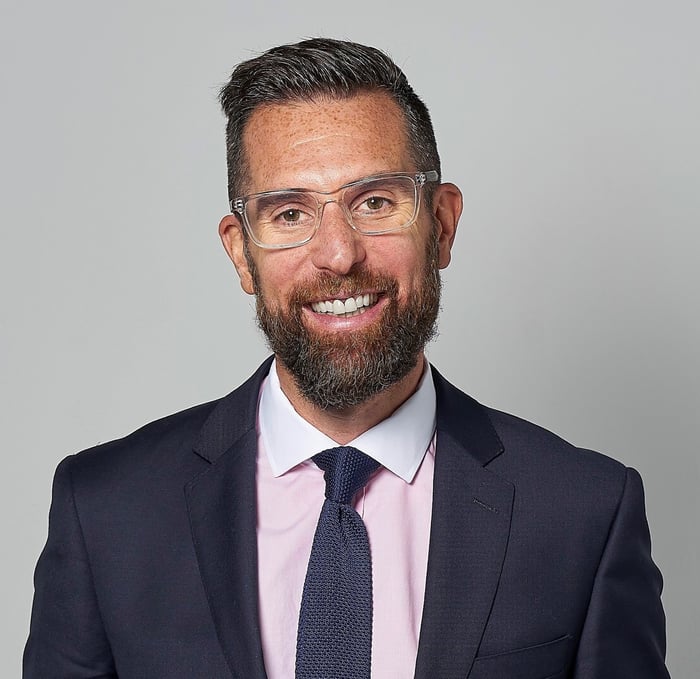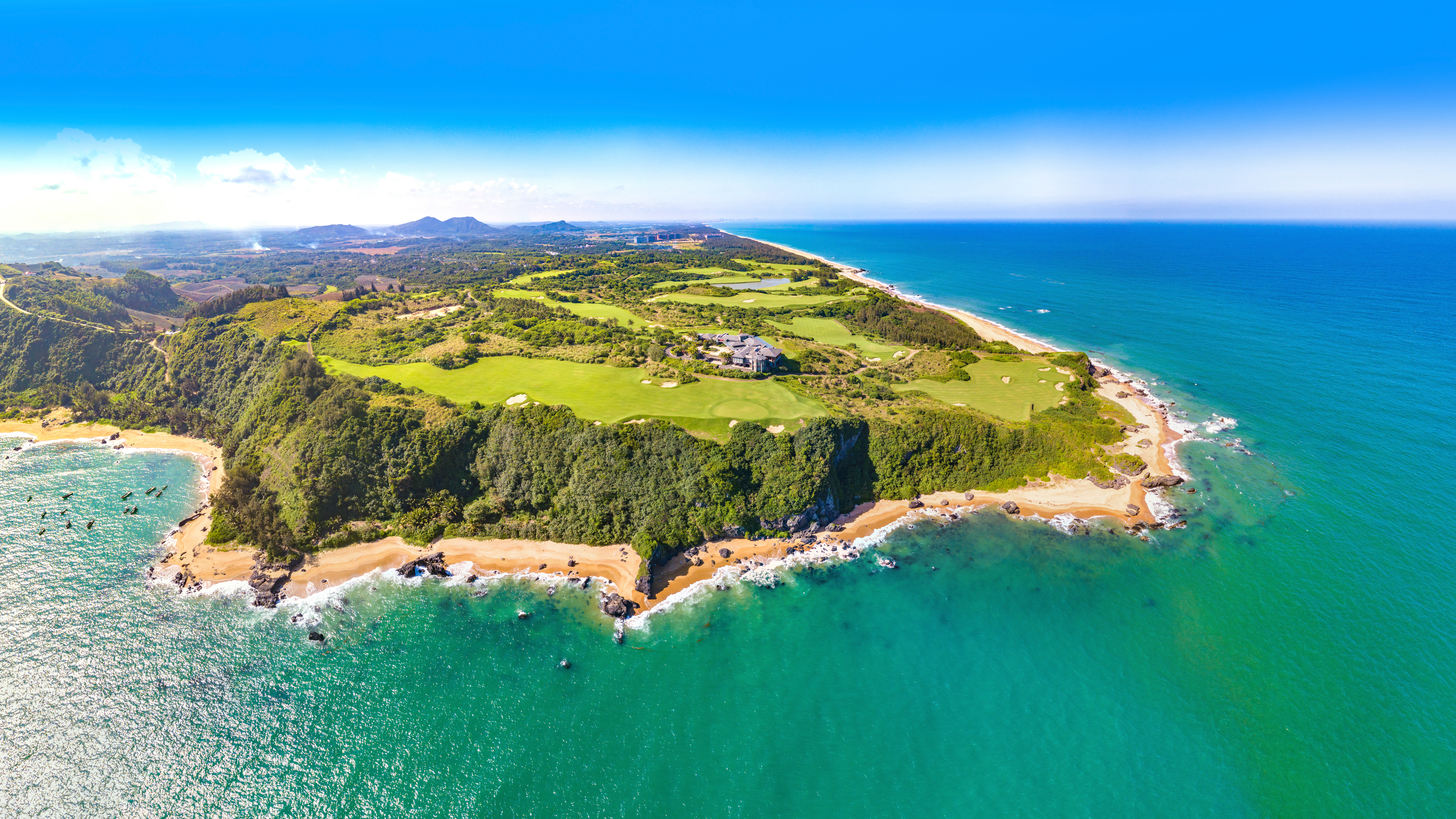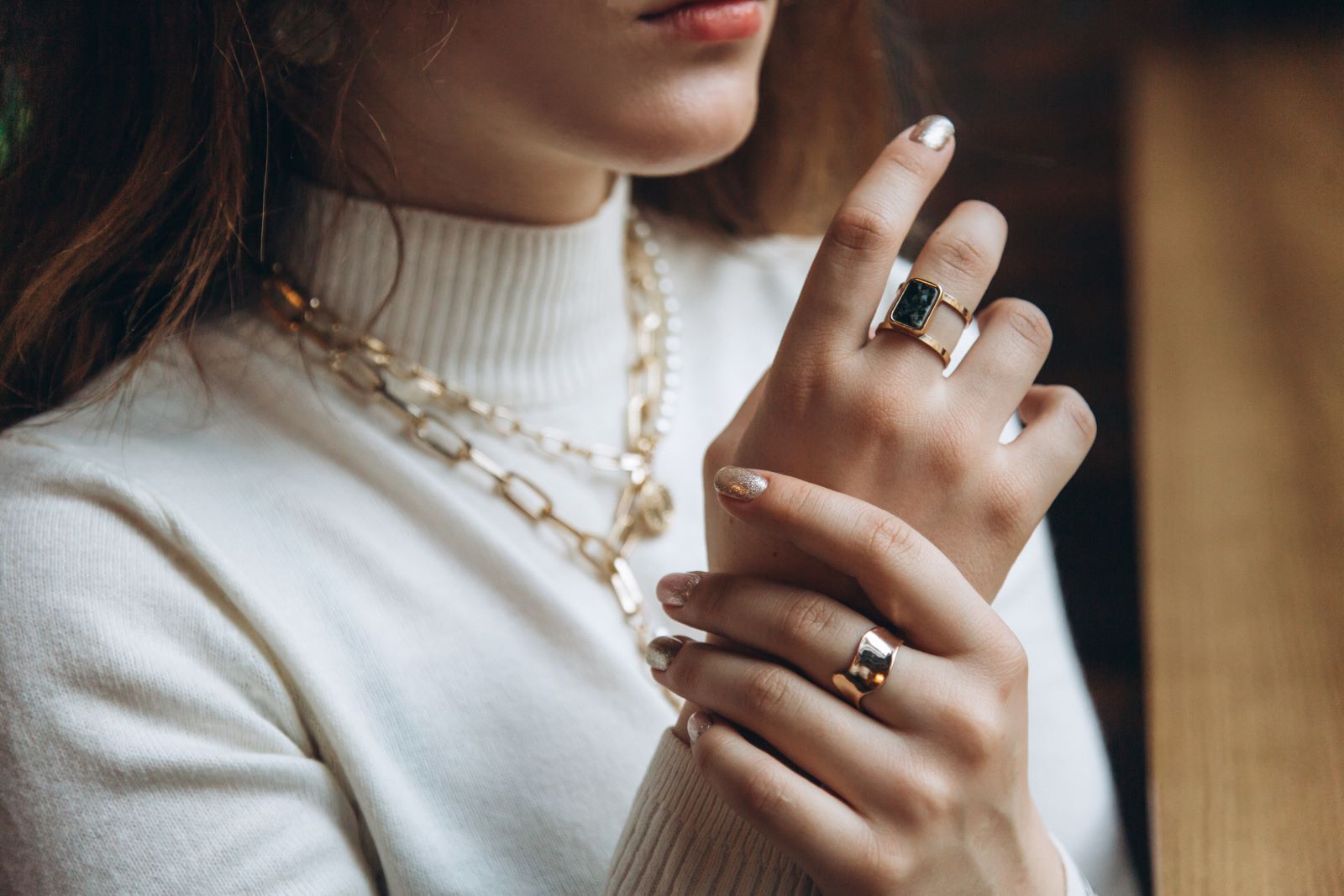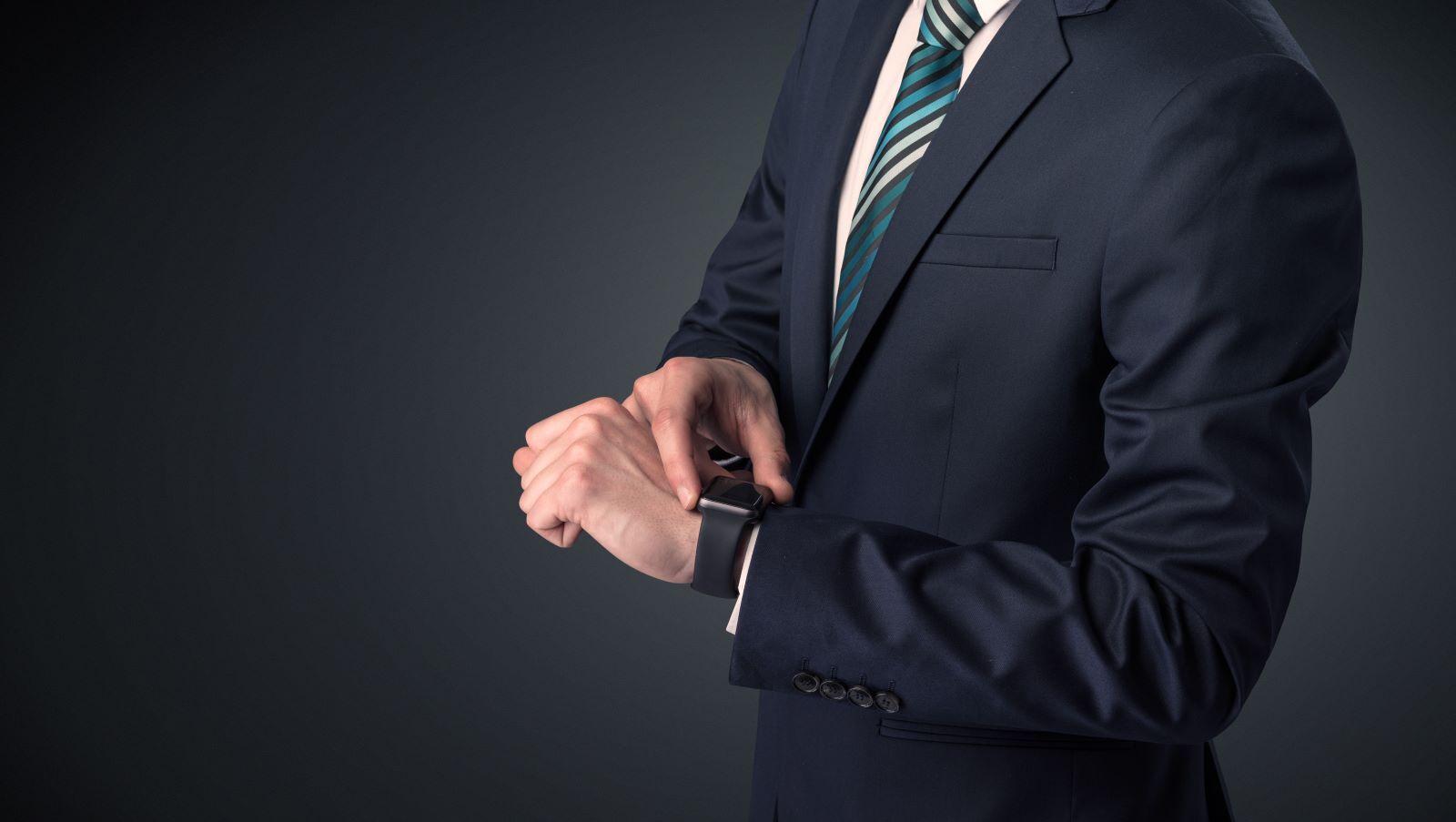In Conversation with Paul Redmayne, Sotheby’s Senior Vice President for Luxury Sales
For Paul Redmayne, fine jewellery is more than a possession—it’s a symbol of the stories we choose to tell, and a tangible link to the past. As Senior Vice President for Luxury Sales at Sotheby’s, jewels spanning centuries and continents pass through his expert hands each day: Golconda diamonds from the ancient mines of India, earrings once clasped by Marie Antoinette, extraordinary rubies from Mozambique. While his career has taken him around the world, from London to Paris to Hong Kong, one thing has remained constant for Paul: the power of jewellery to mark a moment of joy. Speaking with Dubai Sotheby’s International Realty, Paul reveals what fuels his passion, the art of sourcing the extraordinary, and why true luxury is always personal.

Hi, Paul, thank you for joining us. Can you tell us a bit about yourself and your role in Sotheby’s?
I’m the Senior Vice President for Luxury Sales at Sotheby’s. I specialise in jewellery, but I do sometimes lean into other areas of luxury items, such as watches and handbags. Sotheby’s operates in two strands of business—auctions and private sales. My role spans both, but my day-to-day focuses on private sales, i.e. clients looking to buy or sell precious items outside of the auction season.
Can you tell us more about your background in high jewellery retail and how it shapes your work today?
.jpg?width=624&height=624&name=unnamed%20(26).jpg)
I spent 20 years in the luxury retail industry, working at length with brands like Cartier, Harry Winston, and Piaget. I lived in Paris for seven years, Hong Kong for ten , and now I’ve been in the auction world for the past seven years.
Essentially, I connect buyers and sellers. For example, if someone is looking for a vintage Van Cleef necklace from the 1940s, or a 50-carat flawless emerald cut diamond, I will source it for them. I also work with stones—whether it’s a sapphire, a pink diamond, or a blue diamond, I can source it and even set it. Following my years in retail, I have strong relationships with workshops around the world that create high jewellery for brands like Van Cleef & Arpels and Tiffany & Co. That means I can create bespoke pieces—perhaps a ring, a necklace, or a full wedding set with matching necklace, bracelet, earrings, and ring.
On the flip side, if someone is looking to sell a piece, I can help connect them with a potential buyer. Contrary to what many might expect, much of this is done via phone and WhatsApp, with many requests coming in by personal referral. It is not uncommon to be in the process of working with someone, then suddenly you have their sister, their friend, and others, messaging you to enquire about precious items they also wish to buy or sell. In this respect, every day is very different.
Maintaining trusted relationships is the backbone of what you do. What’s your secret to maintaining such strong connections with a diverse clientele?
.jpg?width=624&height=624&name=unnamed%20(18).jpg)
Trust and transparency. I always approach things as if I were spending my own money. If I wouldn’t buy a piece myself, I’d never recommend it to a client. For instance, if someone is looking for a 10-carat Kashmir sapphire and I source one that meets the criteria but doesn’t quite have the rich shade of blue expected from a true pedigree stone, I will be honest and upfront. I’ll explain that while the stone has three certificates, is Kashmir, and is priced well, it falls slightly short of being exceptional. If time allows, I’ll offer to search further to find something that truly stands out. Same with a pink diamond: if I find a 5-carat vivid pink diamond that ticks the boxes but doesn’t have that exact rich bubblegum pink that really pops, I will be upfront with the client and advise them on their options – and of course, they may still choose to buy the item and that’s fine but they’ll know they can rely on me for not only expert but also objective advice.
It ultimately boils down to being straightforward and transparent, giving clients all of the information needed to help them make an informed decision.
You must deal with some incredible pieces. Can you share a memorable example?
.jpg?width=624&height=624&name=unnamed%20(19).jpg)
Many of the pieces I deal with are under the radar. Often, a client may be gifting something and doesn’t want it to appear in a public auction, or they’re looking for a special gift where the recipient shouldn’t know the price paid. Public auctions make this information accessible, so much of what I do remains private. That said, I’ve worked with some incredible jewels, and one of my personal passions is Golconda diamonds. These diamonds come from the original diamond deposits in India—discovered long before the diamonds of Brazil in 1725 or South Africa in the 1860s. Up until 1725, nearly all the world’s diamonds came from India, and Golconda diamonds are known for their exceptional quality, both in white and colored stones.
I love them not only because they’re stunning but because of their historical significance. They possess a beauty that modern diamonds simply can’t replicate, especially when viewed in candlelight, which was the light source of their time. They emanate a gorgeous soft glow and have a unique cut, since they were crafted using techniques far different from today’s. I have a client who shares this love of Golconda diamonds, and it’s incredibly satisfying to source such a rare piece and place it with someone who truly understands and appreciates its history, beauty, and value.
What sets Sotheby’s apart when it comes to fine jewels?
.jpg?width=624&height=624&name=unnamed%20(20).jpg)
It’s our ability to go beyond the surface and create items that are truly bespoke. For instance, I recently worked with a gentleman who commissioned a ring for his wife’s birthday. They’d just welcomed their second child, and he wanted a truly special piece. I sourced a beautiful Golconda diamond for the centerpiece, which he loved, and we designed the ring from scratch.
To make it even more bespoke, I suggested adding a subtle, personal touch inside the ring—something only he and his wife would know about. We included two tiny diamonds: a 0.02-carat diamond for their eldest child and a 0.01-carat diamond for their newborn, set discreetly inside the band. We also engraved the children’s birthdates. For me, it’s about more than just jewellery—it’s creating a connection and a moment. He loved it, his wife loved it, and it became more than a ring. It’s a story and a keepsake that carries deep personal meaning.
This is just one example, but it’s those details, that level of care, and the craftsmanship behind the scenes that make all the difference. It’s bespoke, and it’s human, which is exactly what our clientele expects—and deserves.
You now live in Dubai after years in Paris, London, and Hong Kong. How does it compare?
.jpg?width=624&height=832&name=unnamed%20(21).jpg)
I absolutely love living in Dubai, it’s fantastic for us as an international family. I’m British, my wife is Lebanese, and we have two daughters. One was born in London, the other in Hong Kong, where we lived for 10 years before moving to Dubai in 2022. For us, Dubai has always felt like home from home. It’s where I met my wife, where we married, and where she was raised, so the city has been part of our story for a long time.
Dubai just offers so much: the lifestyle, the opportunities, and its location as the middle of the world. The proximity to Europe and Asia is incredibly convenient for what I do, and with Emirates flying nearly everywhere, you can get to almost any destination with ease.
We arrived in 2022, right as Dubai was experiencing the post-Covid uplift, and the energy here has been extraordinary. Abu Dhabi is also going from strength to strength, and the entire GCC region is thriving. Having worked in luxury for so long—starting my career on Bond Street, then in Paris—I can say that GCC clients have always been the foundation of the luxury industry. They are incredibly loyal, with a deep appreciation for quality and heritage.
Are there differences in taste between clients in the GCC and those in, say, Hong Kong?
.jpg?width=624&height=624&name=unnamed%20(22).jpg)
There’s definitely a difference in taste when it comes to clients in the GCC compared to other regions, particularly after spending 10 years in Hong Kong. For instance, with necklaces, a typical Asian buyer often prefers what I call a Y-shaped design—a single line of stones that hugs the neck and drops elegantly into a décolleté. In contrast, GCC buyers tend to gravitate toward bib-style necklaces, often as part of a full set that includes matching earrings, a bracelet, and sometimes a ring. There’s also a greater appetite for experimenting with colour here.
Crucially, the Emirates offers a sense of safety and security that encourages people to actually wear their jewellery more freely. Watches, handbags, and fine jewels aren’t just stored away—they’re worn and enjoyed. Whether it’s for lunch, dinner, or a packed calendar of social events, there’s always an opportunity to showcase these pieces. This creates a faster-moving appetite for luxury, as clients look to “refresh” their collections with new pieces.
Another difference is buyer motivation, as clients in the GCC tend to be more inclined to buy purely for the joy of it. Of course, there are collectors who consider long-term value and investment, but many buyers—especially women purchasing for themselves—simply fall in love with a piece. It’s not always about the five- or ten-year return; it’s about the immediate beauty and pleasure of wearing something extraordinary.
What excites you most about the future of jewellery?
I’m passionate about bespoke design and contemporary jewellery. Instagram has been a game-changer, providing a platform for emerging designers to showcase their work. We’re collaborating with Anna Martin, a British designer with a punk aesthetic, for a private selling exhibition in January. She’s partnered with Guy Berryman from Coldplay to create a collection, and we’re tying it into their Abu Dhabi tour. Projects like this bring fresh energy to the industry.
What’s a career highlight you’ll always cherish?
Holding antique pieces like the extraordinary Anglesey three-stranded diamond necklace which has the most unbelievable origin story mixing true historical milestones as well as the darkening of Marie Antoinette’s ill-fated reputation. Or the Eternal Pink diamond which was the most outstanding pink diamond I have ever seen in my career, boasting an incredible bubble gum pink colour. Those two are pretty special highlights for me. Jewellery is inherently tied to joyful moments, and it’s a privilege to play a part in those stories.



